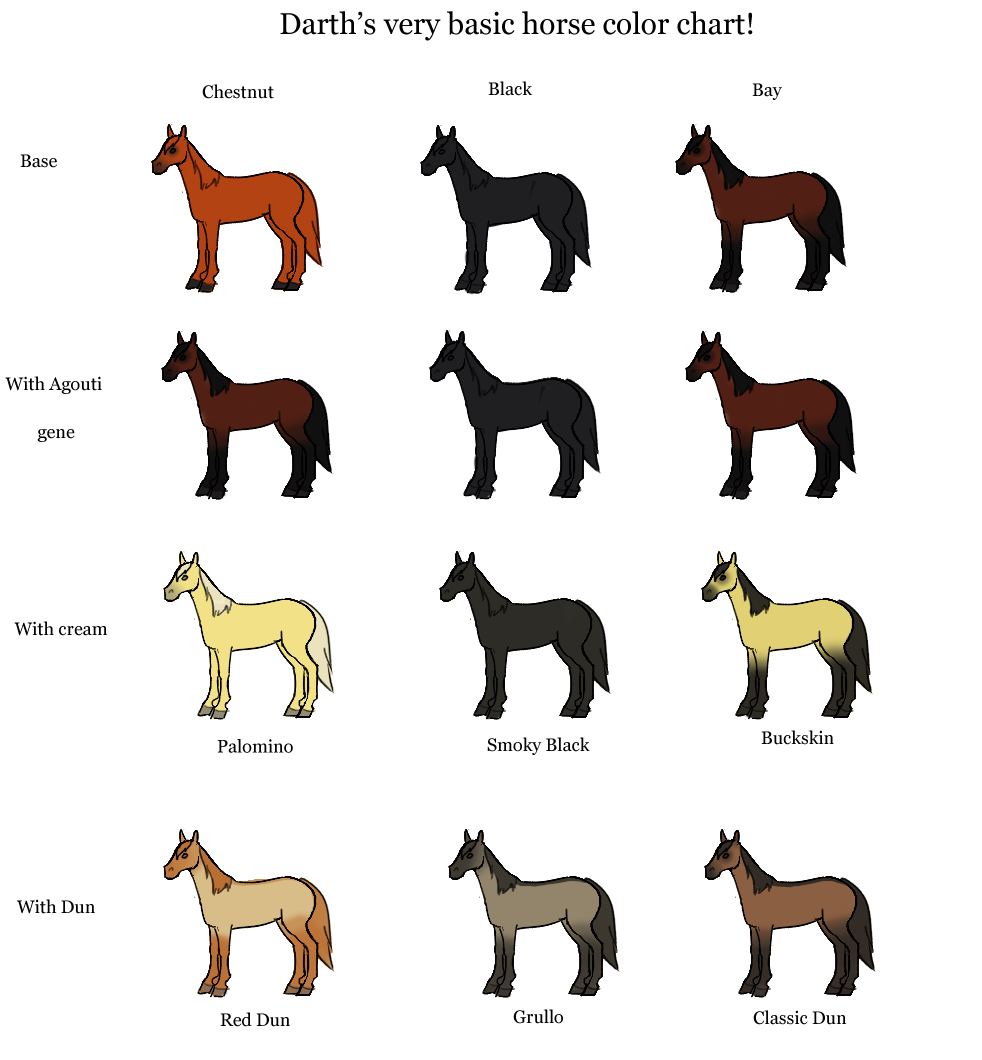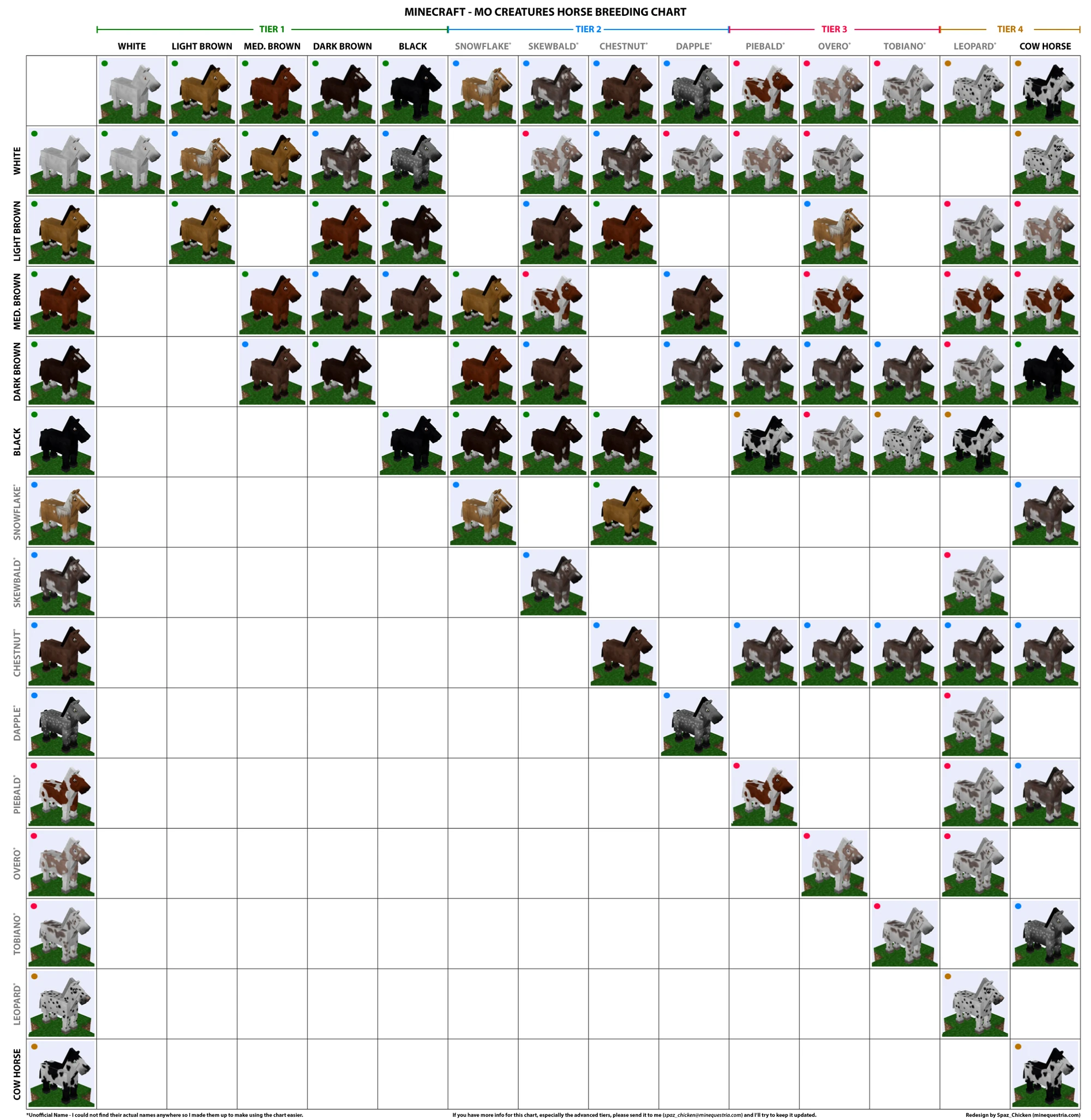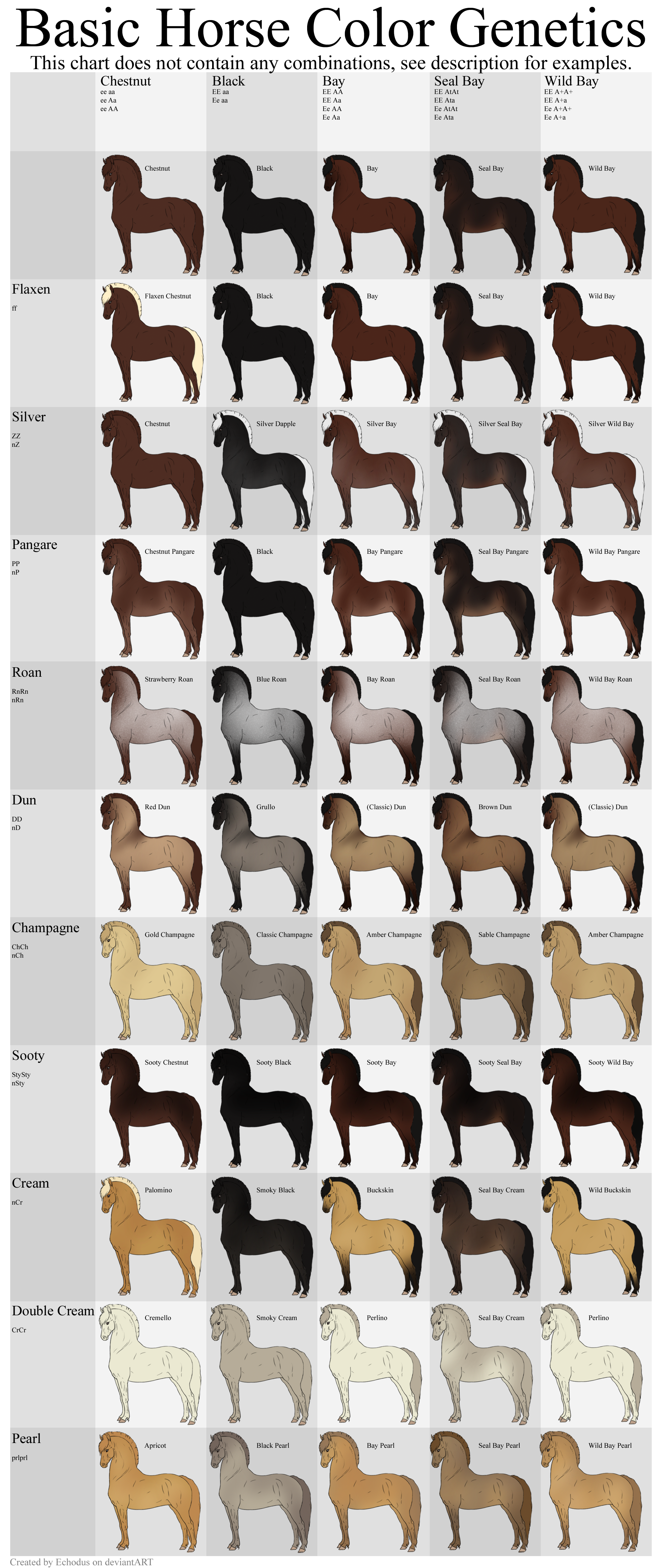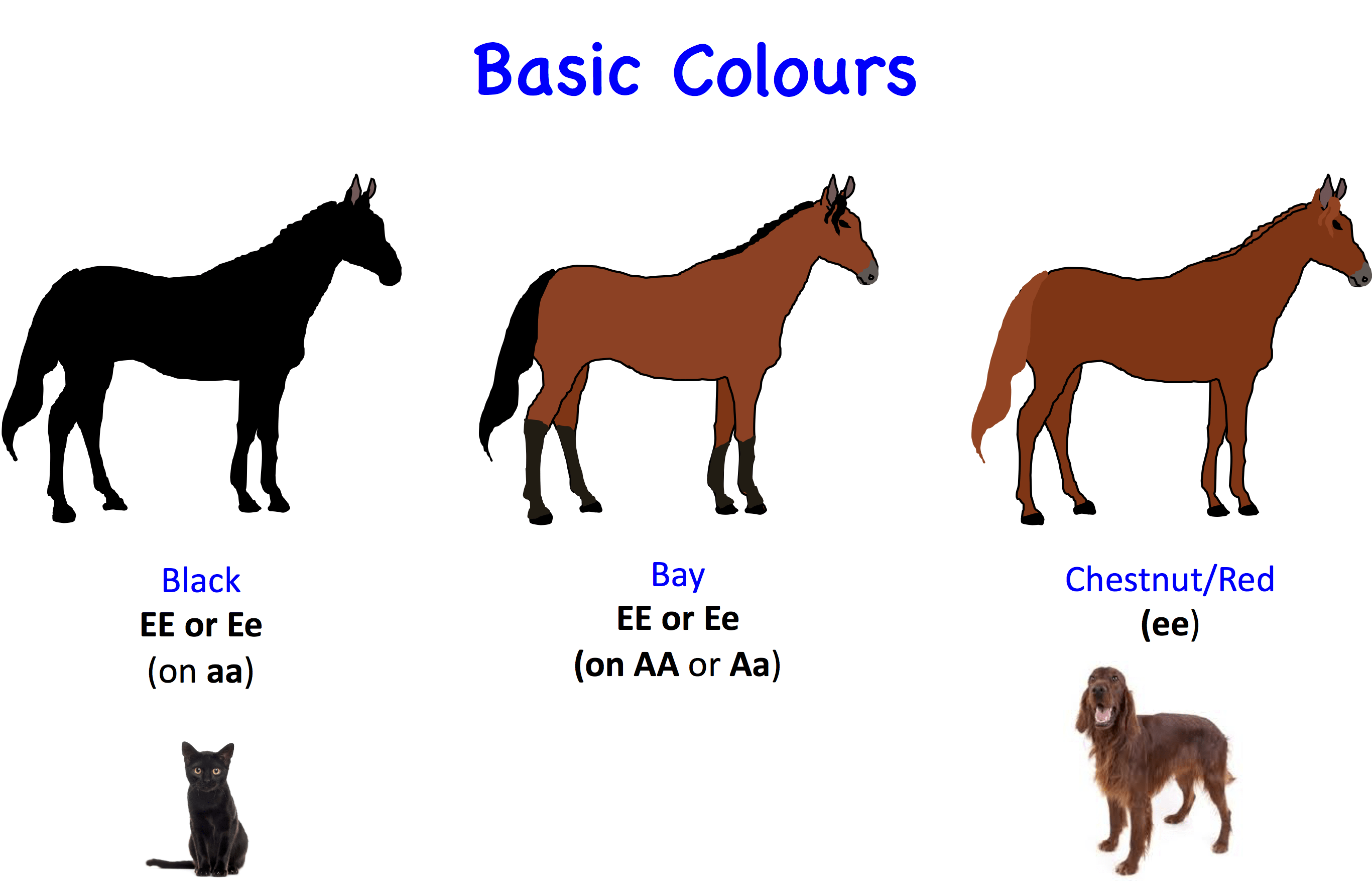
Bay Color Chart for horses by MagicWindsStables on deviantART Charts
Horse Color Genetics. It is easy to understand horse color genetics at a basic level, since the basic coat colors of black, bay, brown and chestnut (including sorrel) are controlled by relatively few genes and not radically affected by the environment. On this horse color genetics page you will find a discussion of these genes and their affects.

Pin on Horse Breeding
The background color on every horse, with or without white markings or a white pattern, is one of the basic colors: bay, black, chestnut/sorrel, brown, dun, buckskin, palomino, cream, roan and gray. Like a horse's background color, his genes control his distribution of white hair.

The Jorvik Report Horse color chart
Legend says that a red horse is fiery, a dun is tough, and a white-legged horse is bad-footed. However, the wisest horsemen also say there is no such thing as a good horse that's a bad color. There are 23 recognized American Quarter Horse colors: chestnut, sorrel, black, brown, gray, bay, palomino, buckskin, smoky black, smoky cream, cremello.

Image Horse breeding chart.png Technic Pack Wiki Fandom powered
These 13 horse colors are the most basic and common. Predicting colors of future horses by using the coat colors of existing horses can be fun, and this guide to color genotypes will make it easy! Information in this article was referenced against J. Warren Evans' "The Horse," second edition, published by W.H. Freeman in 1990.

Pin on Equestrian Fashion
Answer: Some horse colors are given different names depending on the breed of horse or what region of the world the horse is in. This is the case for Silver Blacks (a black horse with the silver gene). The most widely accepted name for a silver black is Silver Dapple but in the Rocky Mountain Horse breed, the color is often referred to as.

Horse Color Chart by thevirtualgaucho on DeviantArt
Horse Genetics 2.1 Colour Chart Horse Genetics 4.0: Evolution, Breeds, Breeding Strategies and Inbreeding Horse Genetics 4.1: Inbreeding Calculator, Detailed Instructions and Interpretation

Basic Horse Color Chart by Wouv on DeviantArt
The calculator takes into account the different genes responsible for coat color and pattern. As well as the probability of each possible genetic combination that could be passed on to the baby horse. To use the foal color calculator, the user inputs the coat color genes of the mare and stallion.

Image Common horse breeding chart.png Technic Pack Wiki Fandom
Animal Genetics Inc. (USA) 3382 Capital Circle NE Tallahassee, FL 32308 USA. In The USA: 800-514-9672 Phone: 850-386-1145

HORSE BREEDING CHART! Farmville Neighbours
The speed with which graying occurs varies from horse to horse and from breed to breed. All gray horses eventually turn white or flea-bitten (see below). Some horses' manes hold color longer than others, but eventually all turn white if the horse lives long enough. Sample genetic recipe: Any gray X any color. Sample variations on coat pattern:

25 Common Horse Coat Colors & Patterns (With Color Chart)
Navigating through horse colors isn't just a visual journey—it's an exploration of breeding, ethics, and health. Knowledge of equine color genetics enables breeders to anticipate a foal's coat, choose mating pairs wisely, and avoid health issues like Overo Lethal White Syndrome, ensuring the creation of healthy, vibrant generations.

(PDF) Recordkeeping for Horse Breeding Activities DOKUMEN.TIPS
Equine Coat Color Genetics Base Coat Color. The basic coat colors of horses include chestnut, bay, and black. These are controlled by the interaction between two genes: Melanocortin 1 Receptor (MC1R) and Agouti Signaling Protein (ASIP).. MC1R, which has also been referred to as the extension or red factor locus, controls the production of red and black pigment.

81 best images about Horse's Color's Breeds and Conformation on
Color Chart, please don't hesitate to contact us with any question you may have! Horses can also have two or more genes that modify the base color. The most common are combinations of Dun and Cream and only this combination is shown at the end of this Coat Color Chart. Phenotype is what you see. Genotype is the Genetics behind and refers to.

Horse 2.0 Colours Laboratoire de génétique vétérinaire
Many equine colors and markings exist in the world today, with countless shades and combinations that make every horse unique. The most common horse colors and patterns are bay, chestnut, gray, black, pinto, and dun. A horse's color is determined by many factors such as breed, genetics, age, and even season.

Horse color chart Horses Pinterest
It's easy to get overwhelmed by the 17 AQHA-recognized horse colors. And it's hard to remember the difference between a strip and a snip. AQHA makes it easy with this easy-to-use, easy to store the free Quarter Horse Color and Markings chart.. The downloadable chart sports a world of horse markings and color information, plus photos depicting each Quarter Horse coat color and marking examples.

horse Color Chart by MagicWindsStables on DeviantArt
Once you know what the gray's base color is, select the appropriate cross on the Color-Cross Chart. Then simply add a 50/50 chance of the foal being gray. For example, if you cross a gray horse with a base color of bay to a chestnut horse, you will get the possibility of a sorrel or black foal.

11 best Horse colors/markings images on Pinterest Horse stuff, Horses
Learn more about horse colors. Get AQHA's FREE report Coat Color Genetics and learn some fun facts about horse color. Combined, sorrel and chestnut horses comprised 37 percent of all American Quarter Horses registered in 2005. Black horses accounted for approximately 3 percent. Legend says sorrel horses are generally flightier and more "hot.